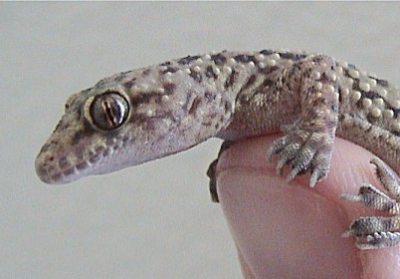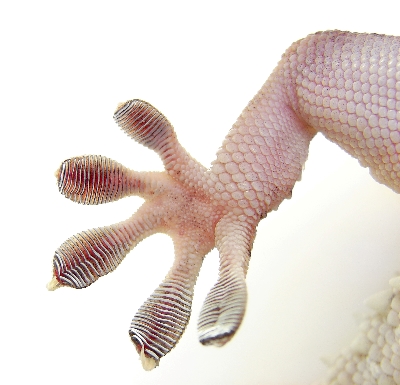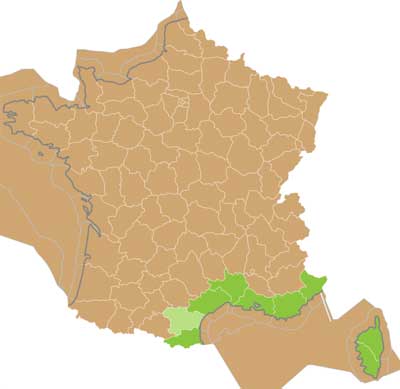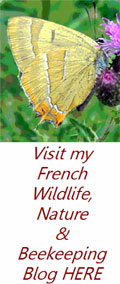
The Mediterranean house gecko or Turkish gecko (Hemidactylus turcicus) Gecko verruqueux or Gecko turc.
The Mediterranean house gecko (Hemidactylus turcicus) is a type of house gecko common to the Mediterranean. They are commonly referred to as the Turkish gecko as indicated by its Latin name.

They rarely grow larger than 15 centimetres in length, 10 to 12cm being more normal. They have large, lidless eyes with elliptical pupils, and purple or tan-coloured skin with black spots, often with stripes on the tail. Their bellies or undersides are somewhat translucent. They have rows of keeled knobbly tubercles (nodules) down the back and tail. Toes are clawed and free of extended pads.

Their toes can adhere to a wide variety of surfaces, which allows them to climb smooth vertical surfaces with ease. Each of their footpads has almost 500,000 fine stiff hairs called “setae” that allows them to cling to vertical surfaces. In addition, their toes are extremely double jointed, allowing them to peel off their toes from the tips of their toes inward. This allows them to grip the surface from different angles increasing surface tension.

Very common in and around houses using rocks, stone walls, trees and scrub to provide for cover when required and a ready source of food which comprises various small flying and crawling insects. They are easy to observe at night around the light sources of houses that attract moths and insects. Individuals will defend their favourite hunting zones and they have a distinct voice, similar to a bird chirping or a high pitched squeak, which is thought to be a territorial message. Generally thought to be almost exclusively crepuscular or nocturnal.
Sexual dimorphism is difficult to identify except when females have eggs which can be clearly seen through their skin.
Reproduction takes place from March to July. The female lays two round white hard shelled eggs on the ground which measure between 10 and 12 mm. There may be several “spawnings” a year. Hatchlings measure about 4 cm at birth and the incubation lasts about 6 weeks.
There are few threats other than maybe the odd bird or cat.

Protected species in France



